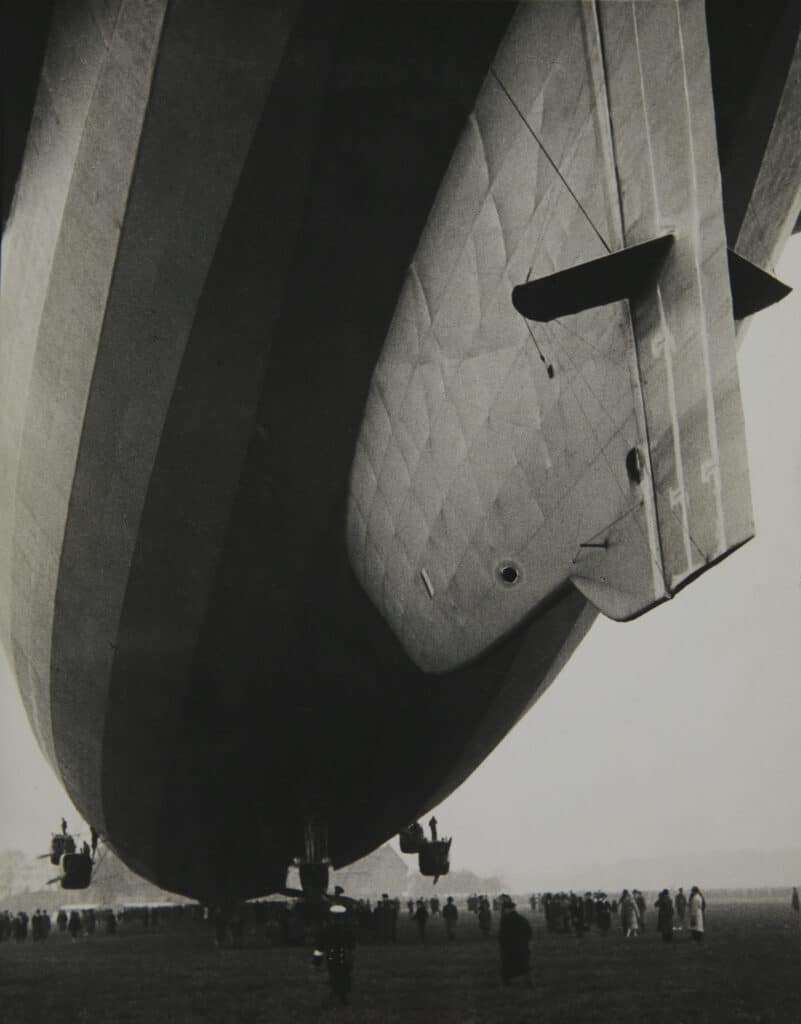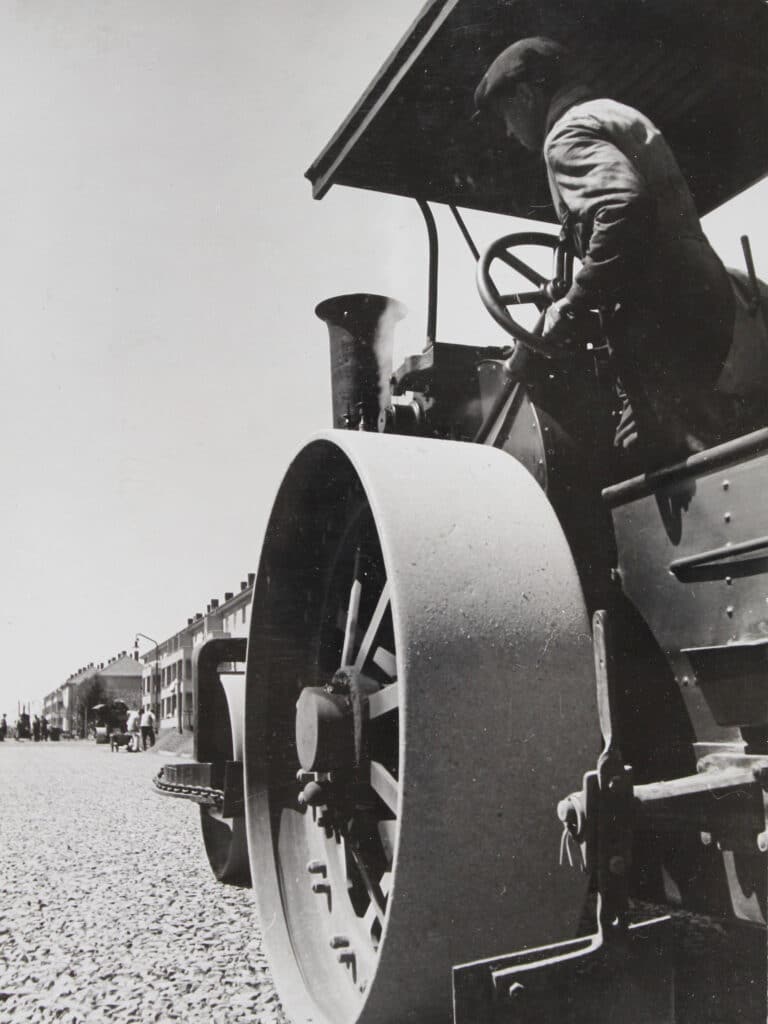Who was this mysterious Dr. Paul Wolff (1887-1951)? While his contemporaries Auguste Sander and Albert Renger-Patzsch have passed into posterity, his name seems to have evaporated into the depths of photographic history. And yet, in the interwar period, Wolff was the best-known photographer in Germany. “It’s like talking about Robert Doisneau,” says Gilles Mora, curator of the exhibition “Dr. Paul Wolff, the man with the Leica” and artistic director of the Pavillon populaire de la Ville in Montpellier, in south of France. How could a German Doisneau, author of more than 300 photographic works and a production by himself and his agency of almost 700,000 images, disappear?
This first French retrospective presents Mister Wolff at the cutting edge of photographic technology, a jack-of-all-trades in photo genres – with the possible exception of the nude – a recognized businessman, and a witness to a country, Germany, in the throes of reconstruction, leisure and industrialization with the dark cloud of National Socialism in the background. From the winding streets of Frankfurt to the highways of the Third Reich, from Opel factories to ski trips, over 140 vintage prints tell the story of the man nicknamed “the man with the Leica”.
Leica revolution ambassador
« The more modestly you look at yourself, the more you realize that you’re never done learning. I have never felt this more clearly than when working with Leica »
Dr. Paul Wolff
Born in 1887 in Mulhouse, then part of the German Empire and now a French city, and a former military doctor, Dr. Paul Wolff began his photographic career with images of Frankfurt – where he settled in 1919 after the expulsion of the Germans from Alsace. Wolff captured, in the dynamic style of a street photographer, the half-timbered tangles of old Frankfurt and the radical transformation of the city under the plans of the innovative architect Ernst May.
Photography really became his livelihood from 1927 onwards. Together with his business partner Alfred Tritschler, he founded the “Dr. Paul Wolff & Tritschler” agency, specializing in industrial, reportage and urban photography. “Wolff understood that the future lay in photography, just as we would say of digital photography today,” says Gilles Mora.
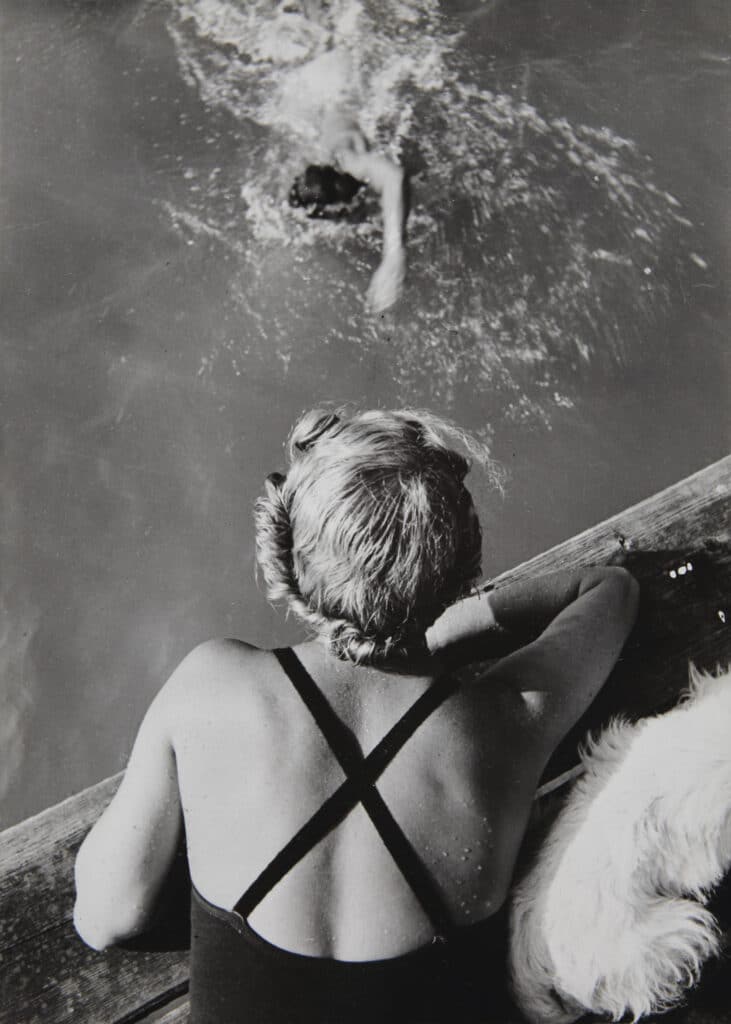
The future of photography was to be found at Leica, the emblematic brand of the Leitz optical factory, whose compact cameras, imagined as early as 1914 by engineer Oskar Barnack – a friend of Wolff’s – were to revolutionize the practice. “Leica was the Apple of its time,” sums up Gilles Mora.
As early as 1926, Paul Wolff seized on this new technology, which heralded the end of the “heavy” and restrictive photography of the camera. From now on, the lightness and freedom of movement of these small 24×36 format cameras would prevail. “The more modestly you look at yourself, the more you realize that you’re never done learning. I have never felt this more clearly than when working with Leica”, Paul Wolff wrote, even speaking of “Leicagraphy“.
Without abandoning the view camera, particularly for his wildlife and botanical series, Wolff revealed Leica’s potential in all the genres covered by his photo agency. There he was, the brand’s informal image-bearer for amateur photography. In 1934, he even published a book entitled “Meine Erfahrungen mit der Leica” (“My Adventure with Leica”). This book of technical advice was a great success – including a French version that sold 50,000 copies.
Prosperous Germany
Town planning, botany, sport, leisure, industry… Wolff also published his own books, many of them, almost one per project or commission. Wolff had an eye and mastered composition. His theme of leisure brings us back to Jacques Henri Lartigue: shadow play of tennis players, flights of alpine skiers or beach vacations. There’s a touch of André Kertész too, when he indulges in the pure style of New Objectivity, capturing a heap of forks, lamps and other everyday objects. Some will even see the Marc Riboud touch in these Frankfurt painters perched on their ladders.
Wolff’s business was booming, and orders were plentiful, especially from German companies. The smoky chimneys of Shell, the toiling workers of Opel, the greased cogs and bolts – reminiscent of Chaplin’s Modern Times (1936) – all come to the fore… In 1937, his book “Arbeit!” (“Work!”) highlighted the massive industrialization that had begun under the Weimar Republic and intensified under the Third Reich from 1933 onwards. Wolff documented the completion of the Reich Autobahn Frankfurt-Mannheim-Heidelberg, and the construction of the Deutsche Reichsbahn, the regime’s railway company.
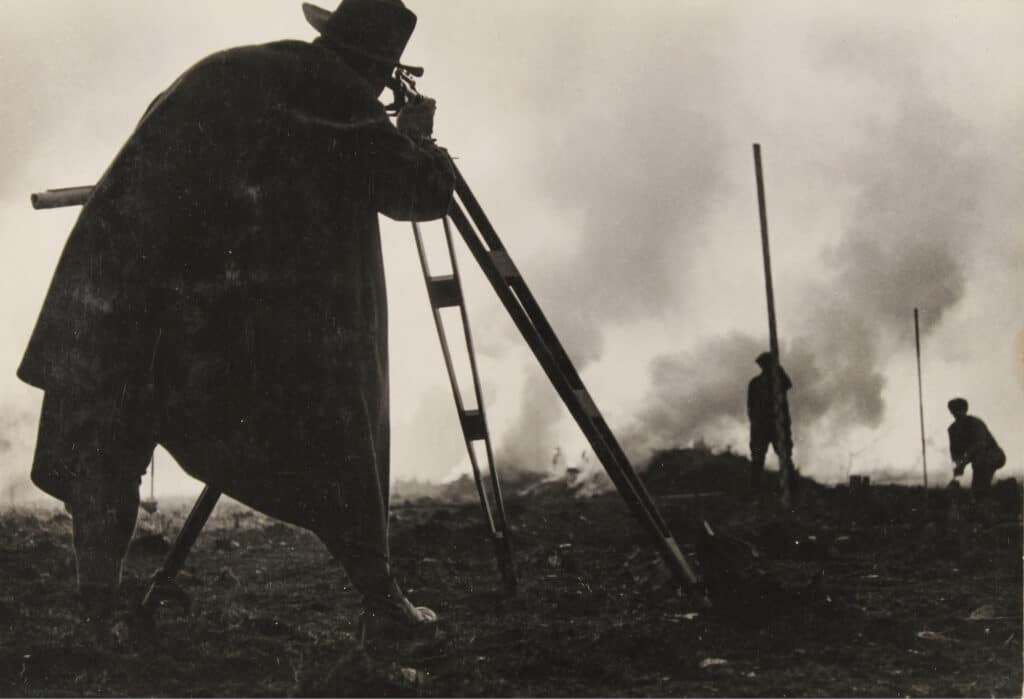
This is a productive Germany, a prosperous Germany with a smile, carefree, happy and ideal. A Germany of leisure, with the famous Heimat, the traditional German bon vivre, the happiness of home and soil. Wolff also compiled images of travel: cruises aboard the liner Bremen, a trip to Paris, New York, Cairo, a Zeppelin flight… Yet Wolff’s depiction of a peaceful, productive life in Germany conceals another reality that is already well established: the Nazi regime’s rose to power in 1933.
Pragmatic passivity
« [Paul Wolff] also put himself at the service of an idealized patriotic photography, which was used from 1933 onwards by National Socialist propaganda. »
Hans-Michael Koetzle, spécialiste de Paul Wolff
The question quickly arises: what was Wolff’s position on Nazi Germany, and did his idealized images serve official propaganda? Although, as Gilles Mora points out, “he was never affiliated with the Nazi party” – Wolff, unlike Renger-Patzsch, for example, did not respond to any official commissions organized by the Third Reich – the photographer continued to work throughout the war.
Although censorship was already rife, the agency’s neutral imagery did not run counter to the National Socialist ideal. Hans-Michael Koetzle, a specialist on Paul Wolff, is very clear on this point: “[Paul Wolff] also put himself at the service of an idealized patriotic photography, which was used from 1933 onwards by National Socialist propaganda.” And we know just how quickly the regime, under the leadership of Joseph Goebbels, grasped the power of the image to propagate its ideology.
The “Dr. Paul Wolff & Tritschler” agency made no waves. The 1936 Winter Olympics in Garmisch-Partenkirchen and Berlin seemed like the most banal of events. Wolff captured the ice skaters, the stands, the Olympic flame… No swastikas in the background, no Nazi salutes brandished by an entire stadium – as seen on the cover of Le Matin on August 3, 1936. Wolff did his job. Period.
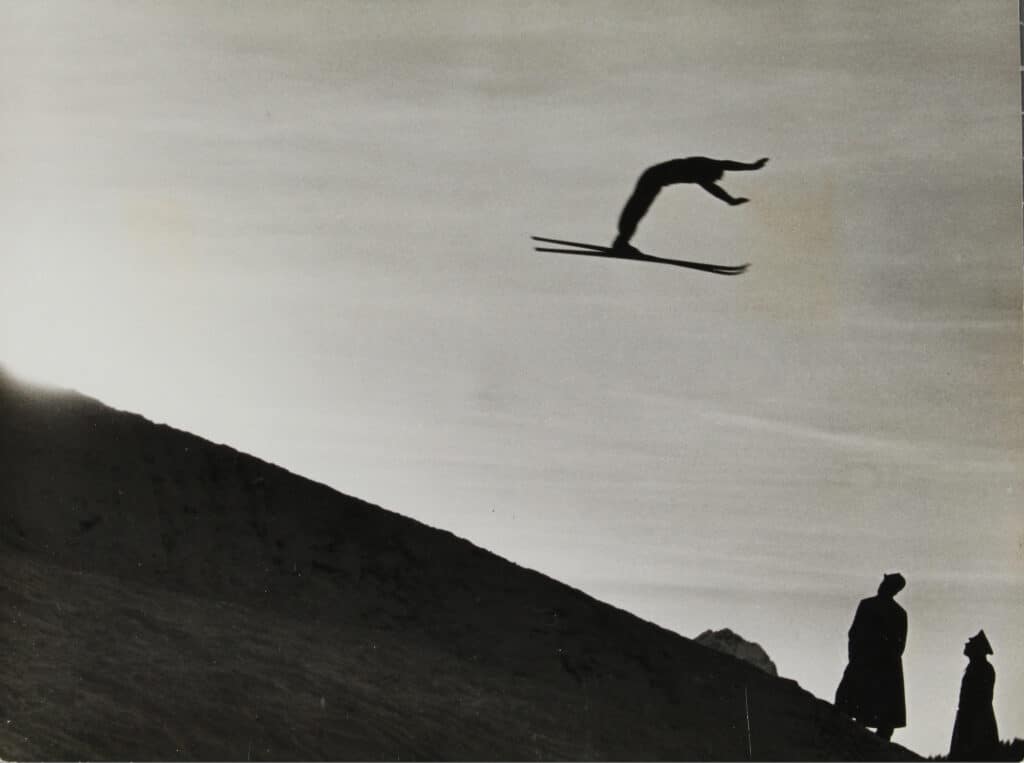
It’s this pragmatic passivity on the part of a businessman willing to turn a blind eye to the current regime in order to continue operating his business and avoid censorship that is so disturbing. “What we have the right to criticize Wolff for is his happy – and deliberately blind – adaptation to a new context whose appalling daily disaster he seems to ignore, without in any way questioning it or taking it into account photographically, even in a biased way,” confirms Gilles Mora in his introductory text.
Rather than an artist, Wolff was an entrepreneur, “a reliable service provider”, notes Hans-Michael Koetzle. This may explain his absence from exhibitions and his disappearance from the collective memory; he did not seek to have his photographs exhibited in museums. His ambiguity with the current regime also explains this. The tragedy of history caught up with him: a large part of his archives went up in smoke during the Allied bombing raids of 1944. Yet today, we still have 500,000 negatives of this precious testimony to a technical shift in photography and to everyday life on the other side of the Rhine during a period of renewal and turmoil.
The Montpellier exhibition perhaps lacks a more thorough historical context. In this Germany of leisure that we are observing, while these couples are innocently picnicking in the grass, in 1936, the exactions against the Jews have already begun. The images of Jonathan Glazer’s The Zone of Interest, Grand Prix winner at Cannes 2023, come to mind: the bucolic and terribly banal life of Auschwitz commandant Rudolf Höss and his family, while the horror, which we don’t want to see, is nonetheless there, just behind the garden and the roses.
“Dr. Paul Wolff, l’homme au Leica”, exhibition at the Pavillon Populaire de la Ville de Montpellier, until April 14, 2024.
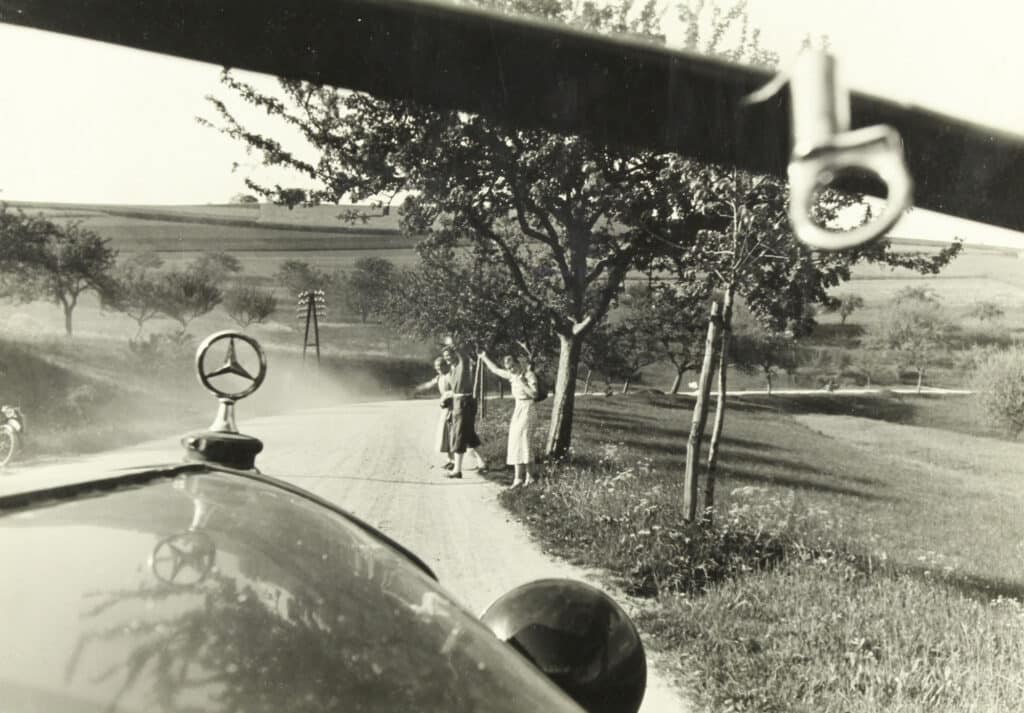

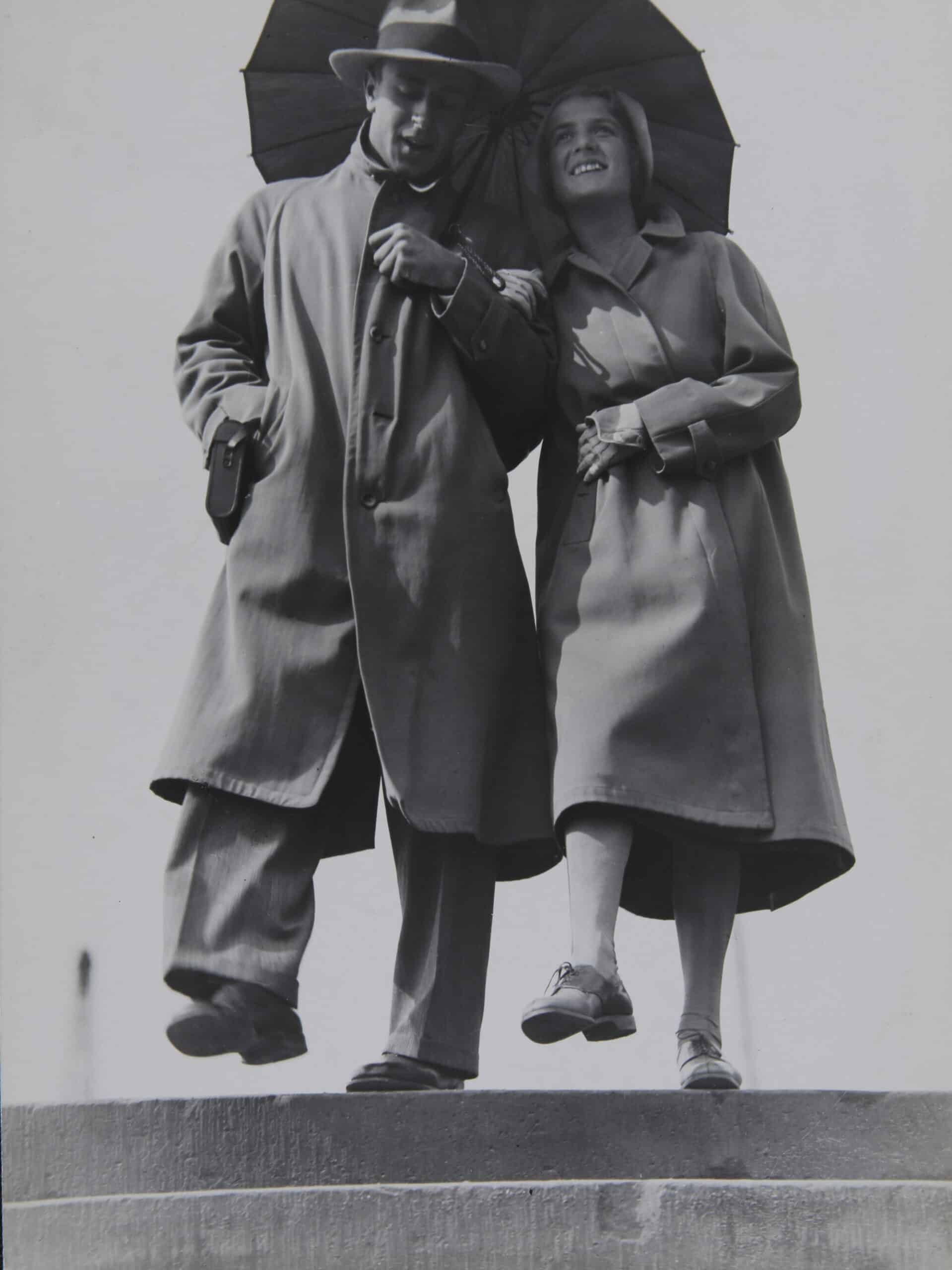
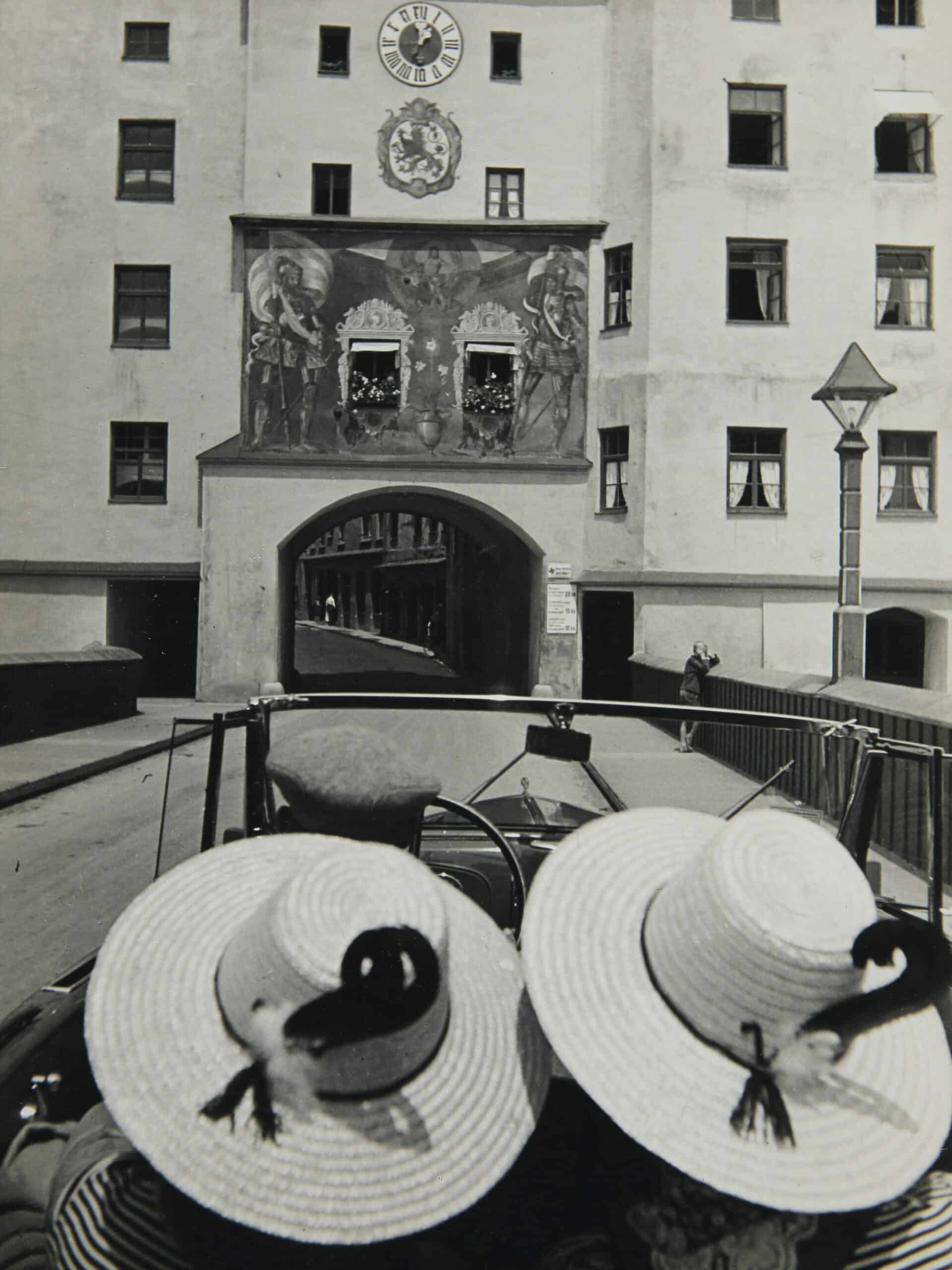
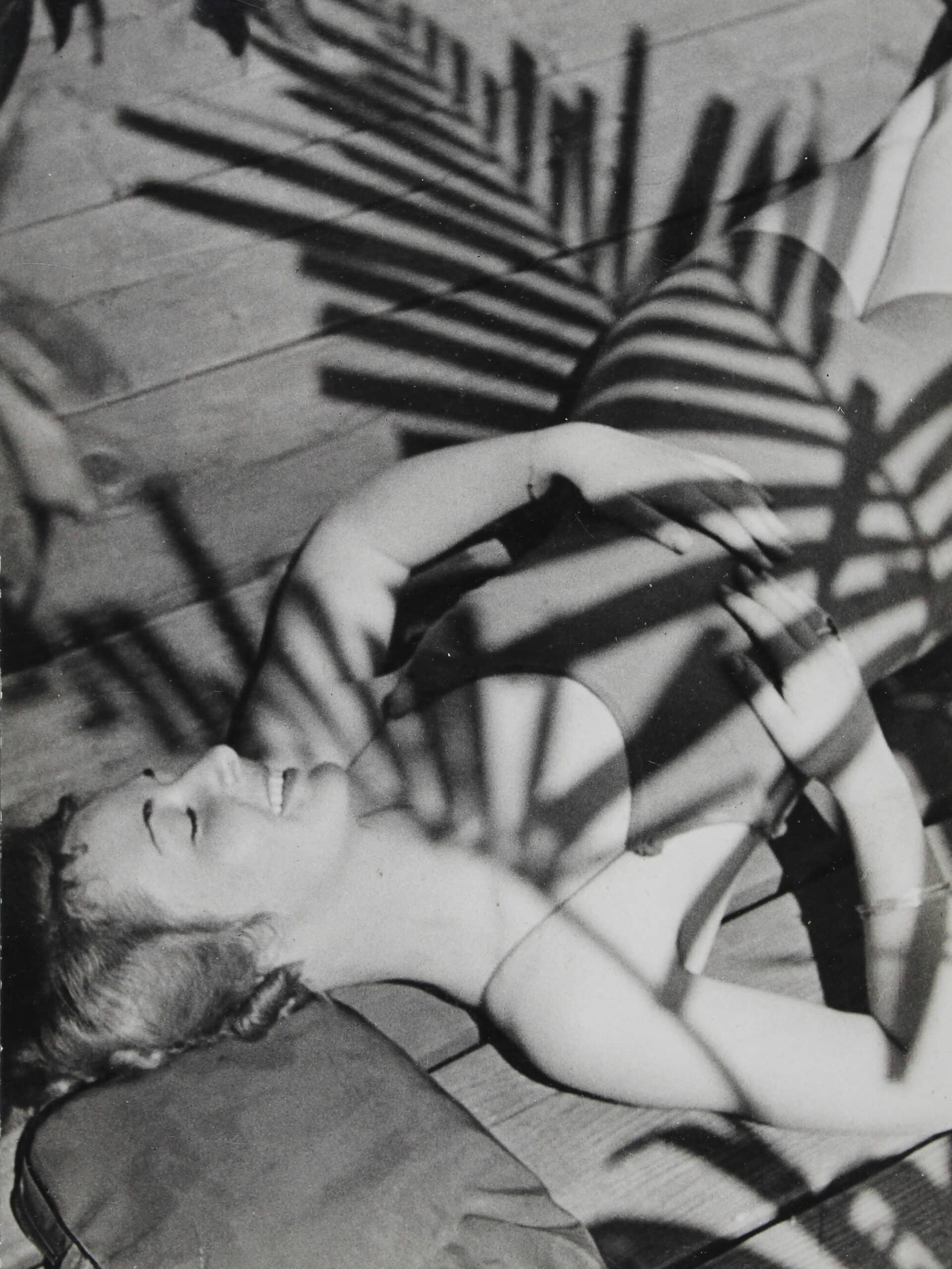
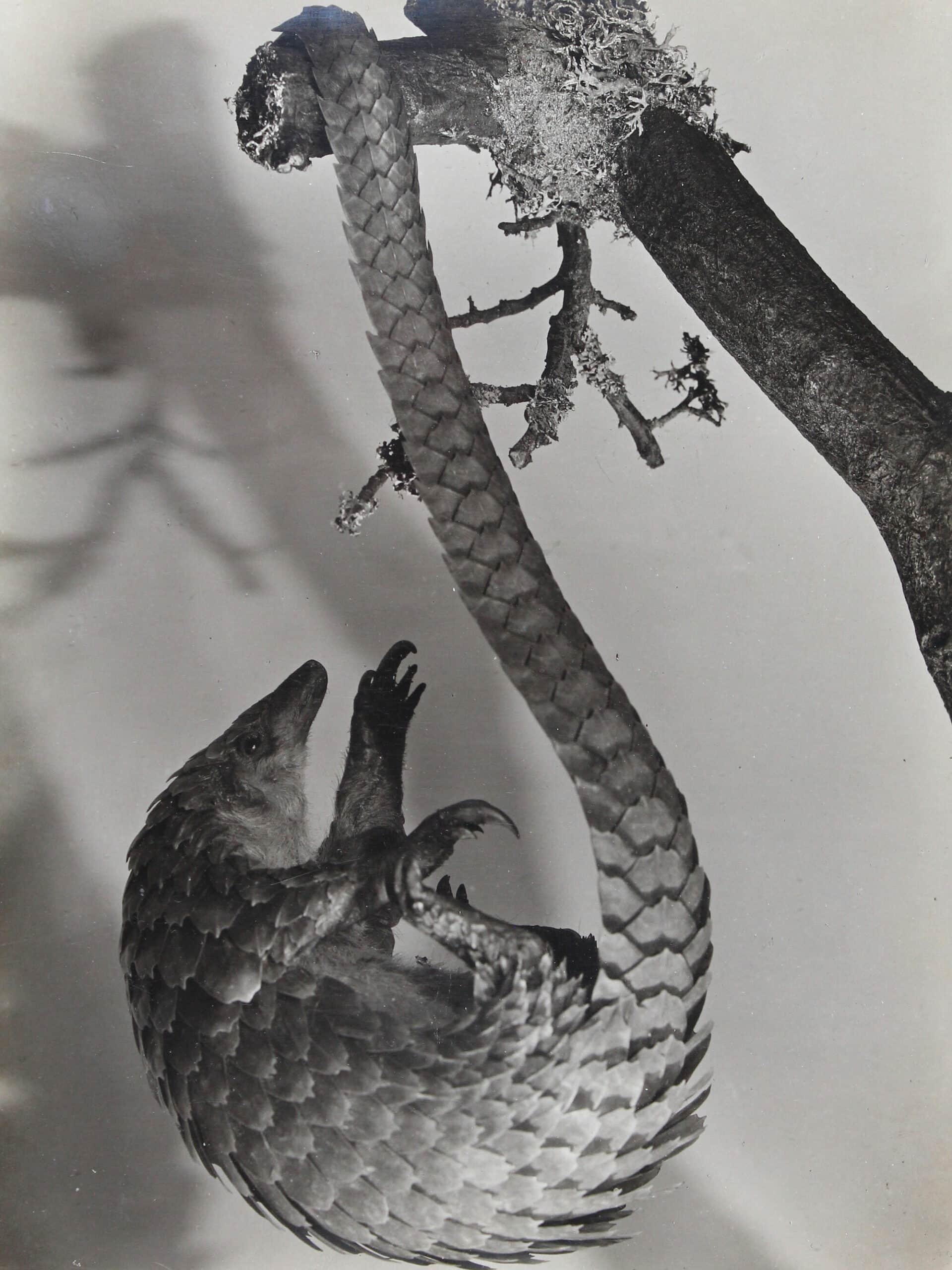
![Opelbad [Opel pool], Wiesbaden, 1934 Tirage d’origine – Vintage print Collection Christian Brandstätter](https://www.blind-magazine.com/wp-content/uploads/2024/02/011-blind-magazine-en-772x1024.jpg)
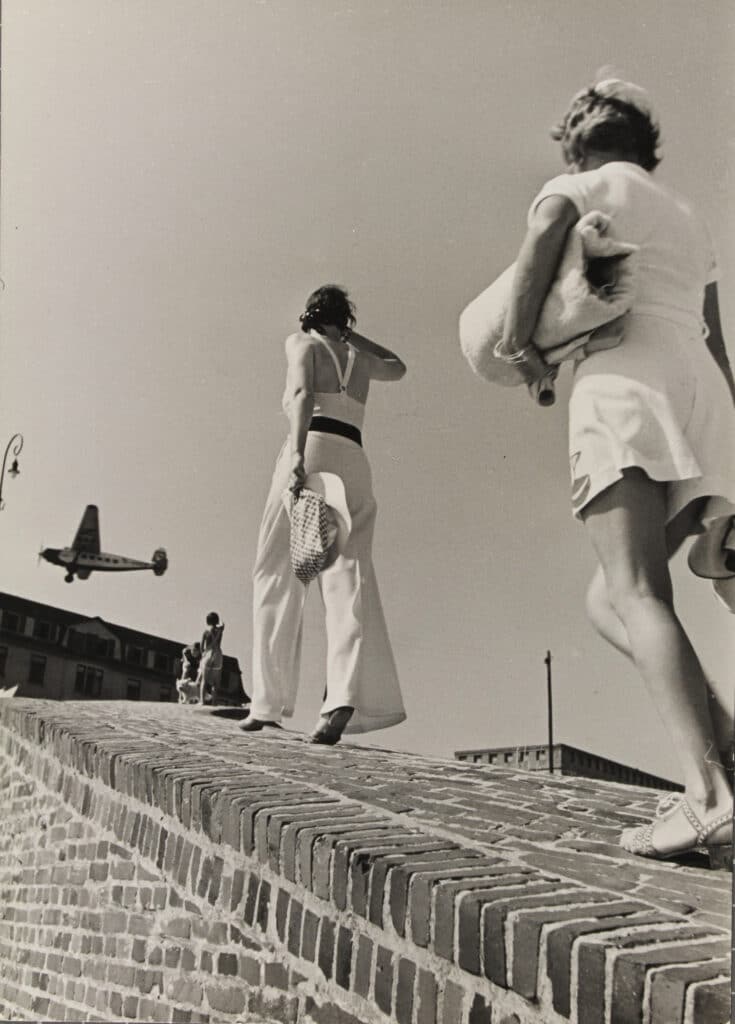
![Opelbad [Opel pool], Wiesbaden, 1934 Tirage d’origine – Vintage print Collection Christian Brandstätter](https://www.blind-magazine.com/wp-content/uploads/2024/02/003-blind-magazine-en-edited-scaled.jpg)
